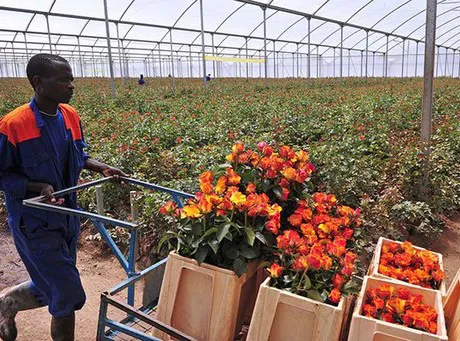Last week, the EU rebuffed a Kenyan plan for a variable geometry in the signing of the Economic Partnership Agreement with the East African Community.
Nairobi has the biggest stake in the EPA because it is a middle-income country and, without the protection of the deal, it would have to start paying duty for its exports to Europe. Kenya exports mainly cut flowers and vegetables to the EU.
Principal Secretary in the Department of Trade Chris Kiptoo was oozing confidence, as Kenya still enjoys a timeless access to the EU market under the Market Access Regulations MAR1529. It allows developing countries that are still negotiating EPAs to access the EU market until the agreement is signed.
The bloc’s member states still hold the key to the stalled trade pact after failing to reach a consensus on the EPA, due to varied economic and political interests.
Meanwhile, all EAC countries are accessing EU market duty and quota free, with Kenya under the MAR and the others—which are considered Least Developed Countries—enjoying the Everything but Arms arrangement. Kenya now hopes that its partners will sign the pact in the interest of regional integration.
An article on theeastafrican.co.ke explains how currently, Europe is East Africa’s largest export destination but in terms of imports, the EU ranks third after China and India.

